What It Means When Your Body Clicks, Grinds, and Pops — And How You Can #DelosYourself to Fix It
A noise like a shotgun rang out across my living room. My boyfriend gave me a disgusted look. “What was THAT?”
“Just my knee,” I shrugged, as I bent and re-bent my knee to test whether that noise was a one-time thing or a regular occurrence.
Maybe you’ve had a similar experience where your body betrays you and makes weirdly loud noises as your muscle and joints try to move smoothly. Eric Owens, co-founder of Delos Therapy, notes that “sticking, clicking, grinding, crunching, and popping” all point to very distinct anatomical changes.
For example, “crunching” tends to refer to a joint being crammed together (like your knee), while “clicking” happens when a tendon is being pulled taut by the muscle, catching on a bony surface (think shoulders and hips). Grinding, meanwhile, happens when a muscle(s) that crosses over a joint gets tight and pulls the joint together, leading to that grinding noise and feeling.
Why do our muscles and joints make weird clicking and crunching noises?
So why do those weird noises pop up in the first place? According to Owens, lack of space is to blame.
“Your anatomy needs space. Everything is designed to move in three dimensions,” he explains. “But as soon as you get muscles that are tight, you cram all of the anatomy together. What’s getting crammed together will determine what the sound is.”
For example, he goes on, take a tendon that’s supposed to glide over and around a bone without touching it.
“If I pull that muscle taut, it snaps over bony areas and you get that ‘click.’ Every time you move, it’s pulled taut, so it’s going to snap every time. At Delos, we’ll loosen that muscle up and the clicking will go away, because the tendon can move with space around the bone.”
But the crunching doesn’t hurt — so is it really a big deal?
From my own experience, I remembered that massage therapists and doctors had told me that as long as my knee clicks weren’t hurting, it wasn’t a big deal — to Owens, nothing is further from the truth. Instead, those clicks, grinds, and crunches should be viewed as red flags that you’re losing space in your anatomy and something is catching.
“I can’t imagine any scenario where there’s two bones grinding together and that’s NOT bad,” exclaims Owens.
Instead, Owens wants you to create space so you’re not wearing and tearing that joint.
“If you’ve got two surfaces that are running into each other, that’s not normal! If it doesn’t hurt now, it’ll probably hurt down the line.”
What happens if I ignore the weird noises?
Down the line, Owens explains, the tight muscles and lack of space might lead to arthritis, joint deterioration, and eventually joint replacement. The noises, then, should be considered a symptom of a future problem to come.
“Tightness doesn’t show up on conventional imaging,” Owens reminds us. “Instead, you’ll notice wear and tear on the joint over time.”
On the bright side, muscle tightness can be prevented — although, Owens is careful to say, “no amount of conventional stretching or yoga will create space in the joints.”
“Instead, you have to physically stretch the muscles with pressure. The tight muscle patterns around the joint are causing the joint to cram together — the muscles have to be broken up by putting pressure directly into it.”
How can Delos help me loosen my muscles?
Your therapy will depend on where your body is being noisy. For the purposes of our photos, we focused on three of the most common areas: shoulders, hips, and knees.
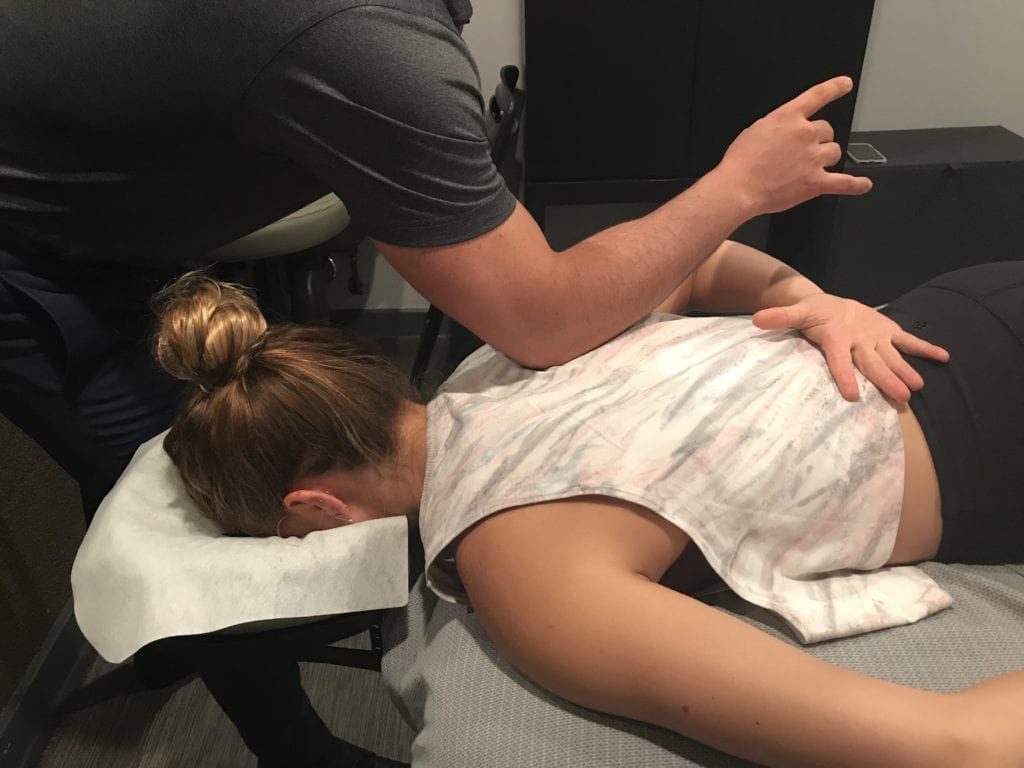
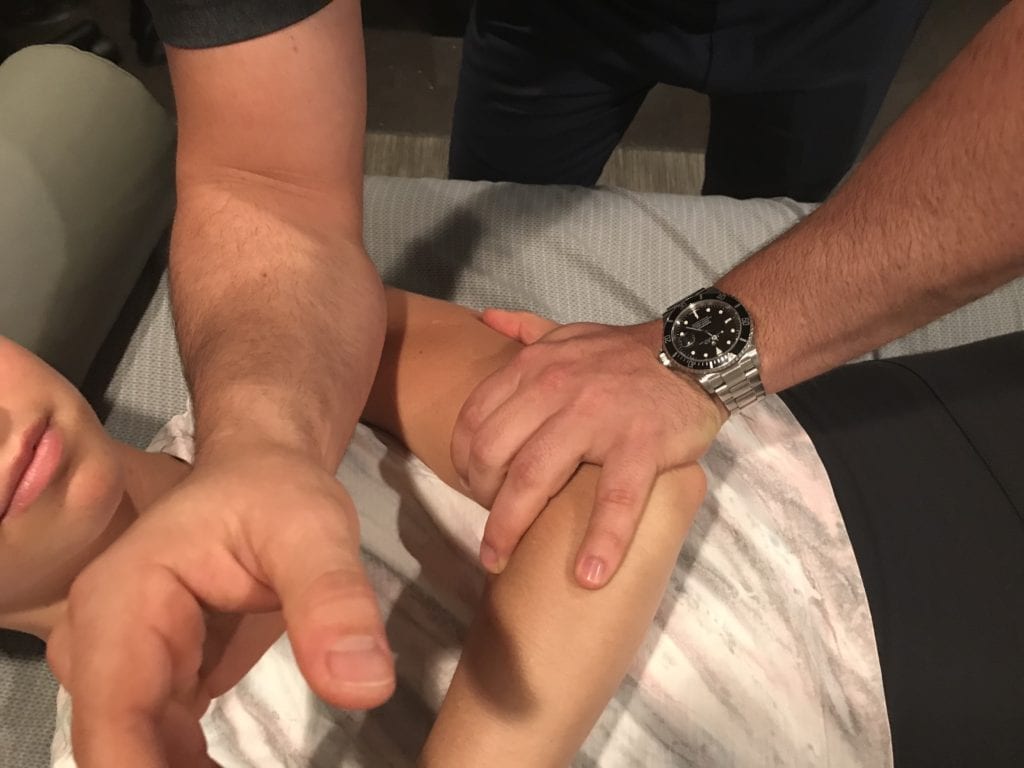
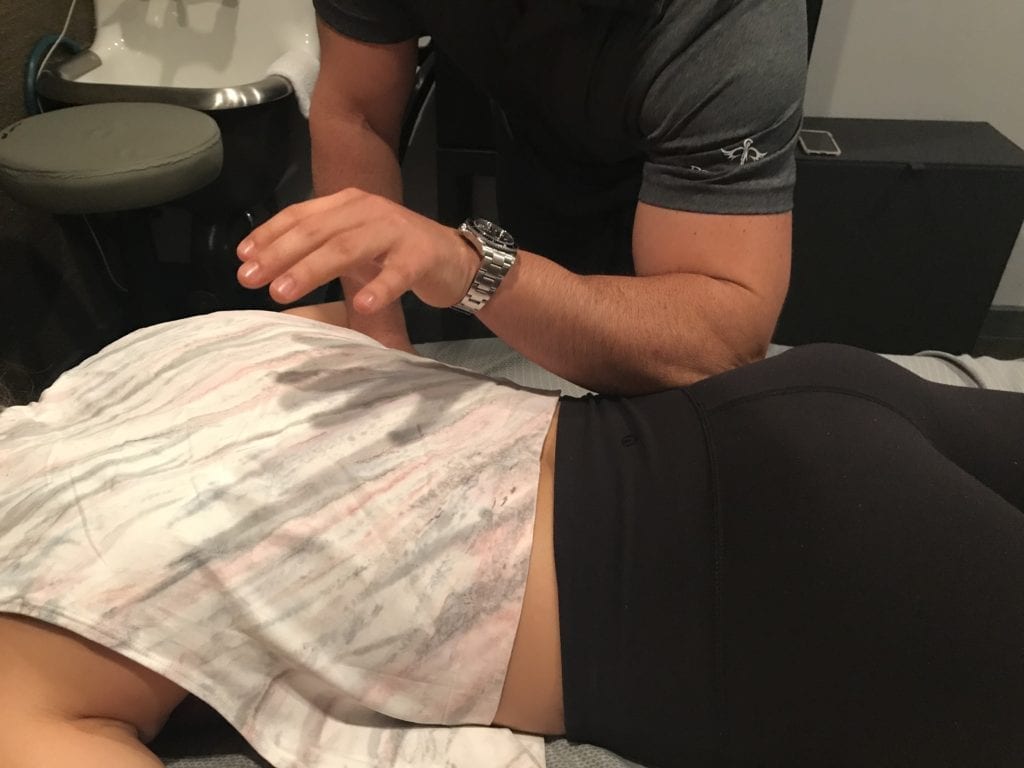
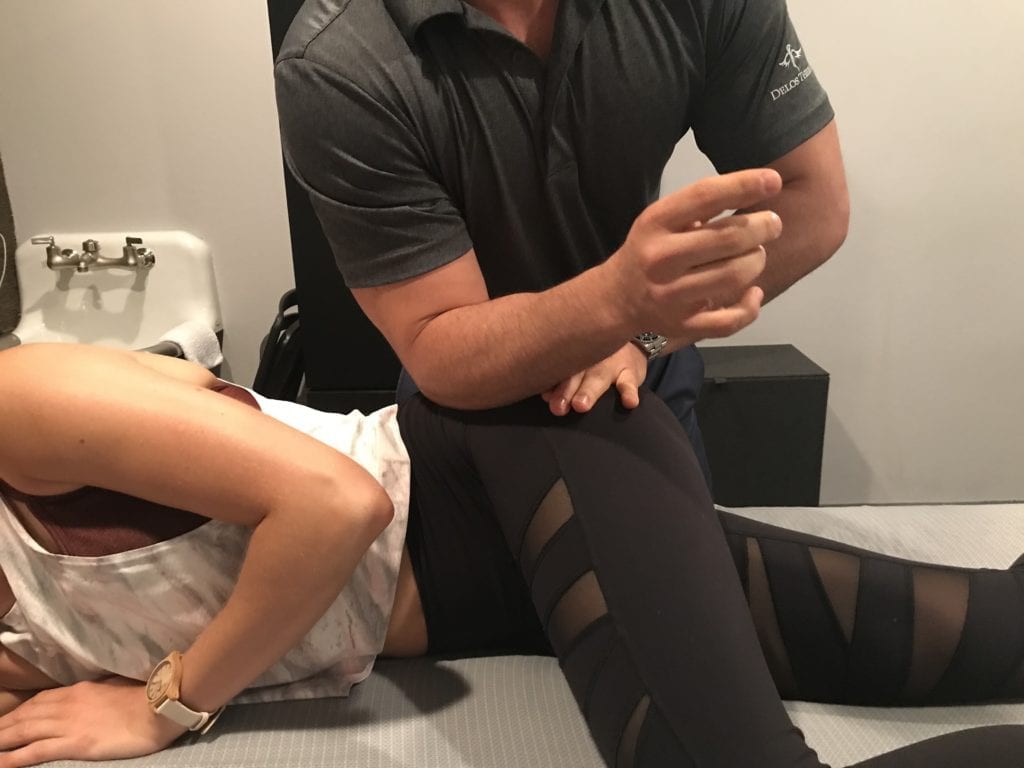
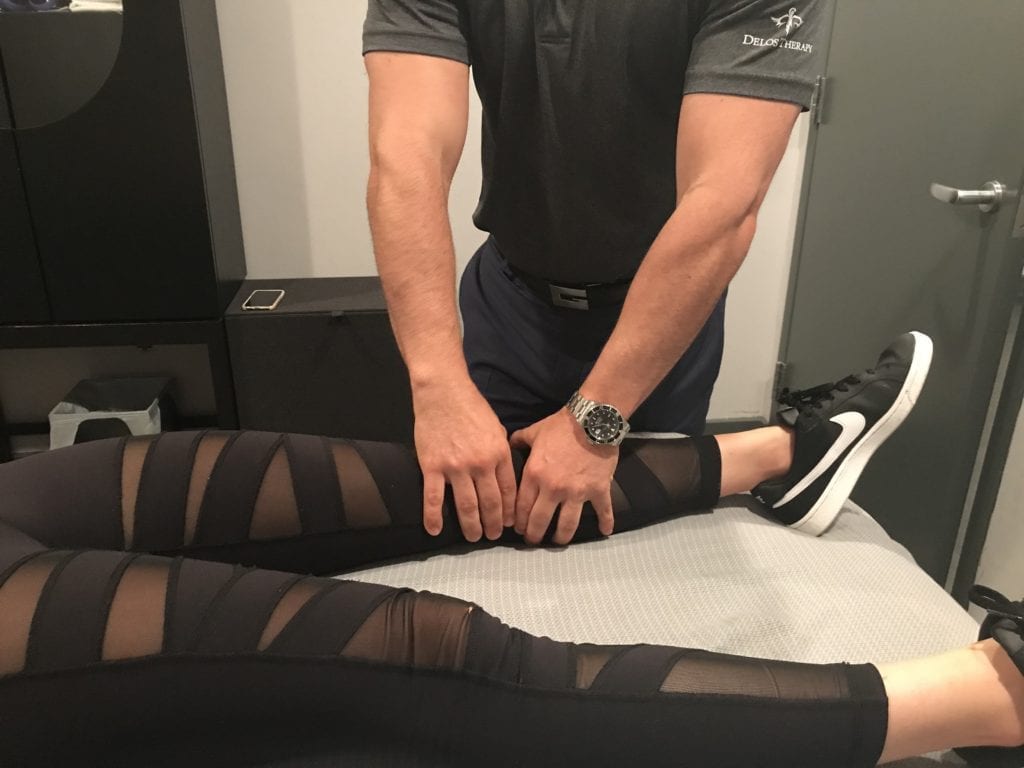

How to #DelosYourself at Home

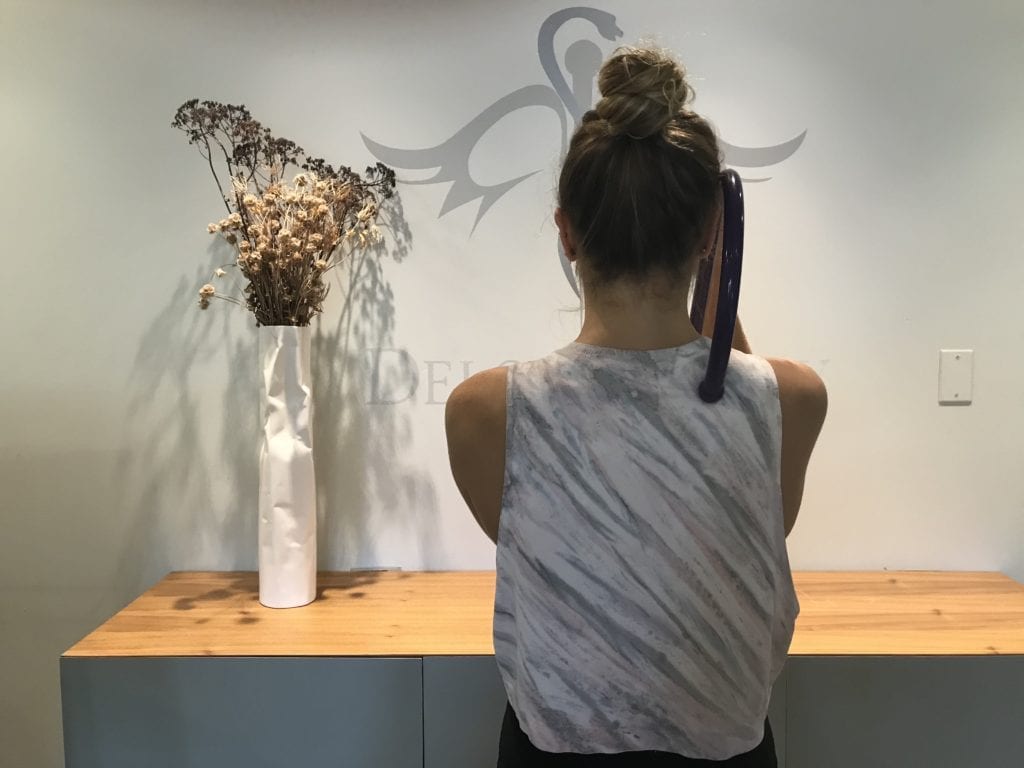
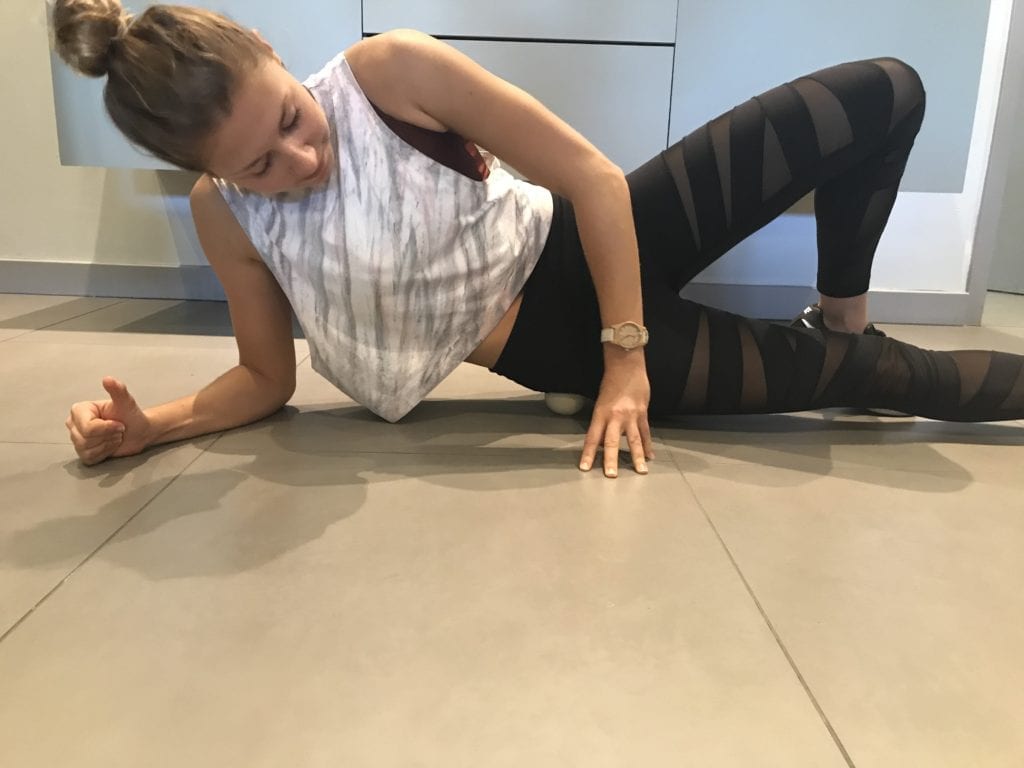
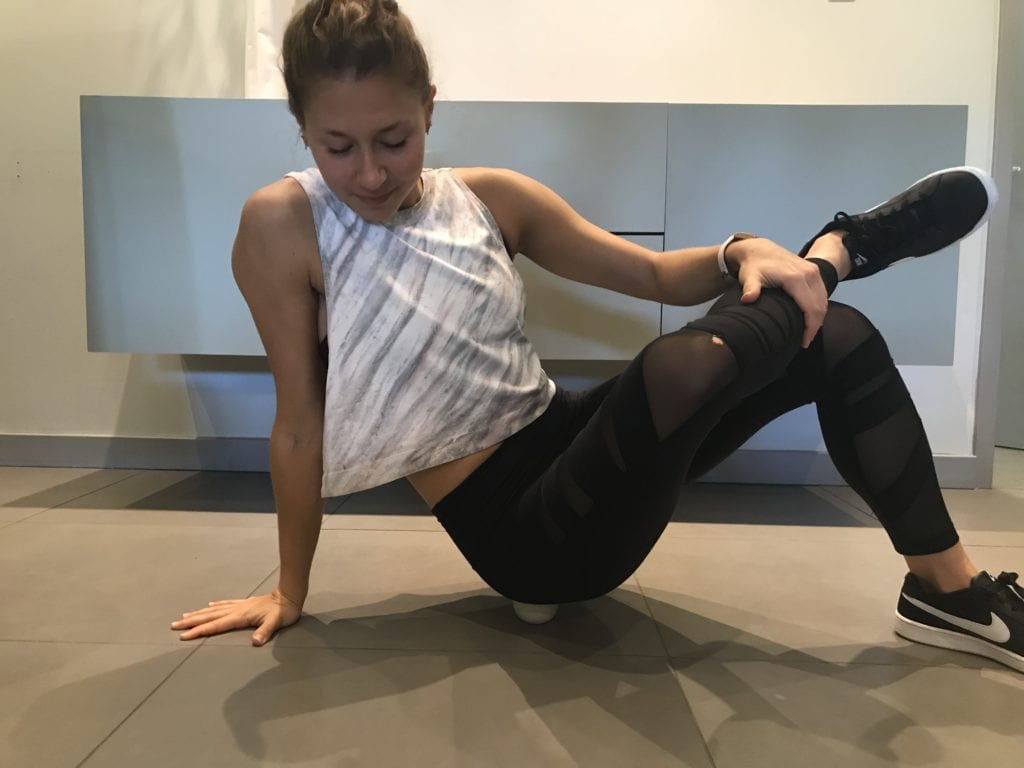
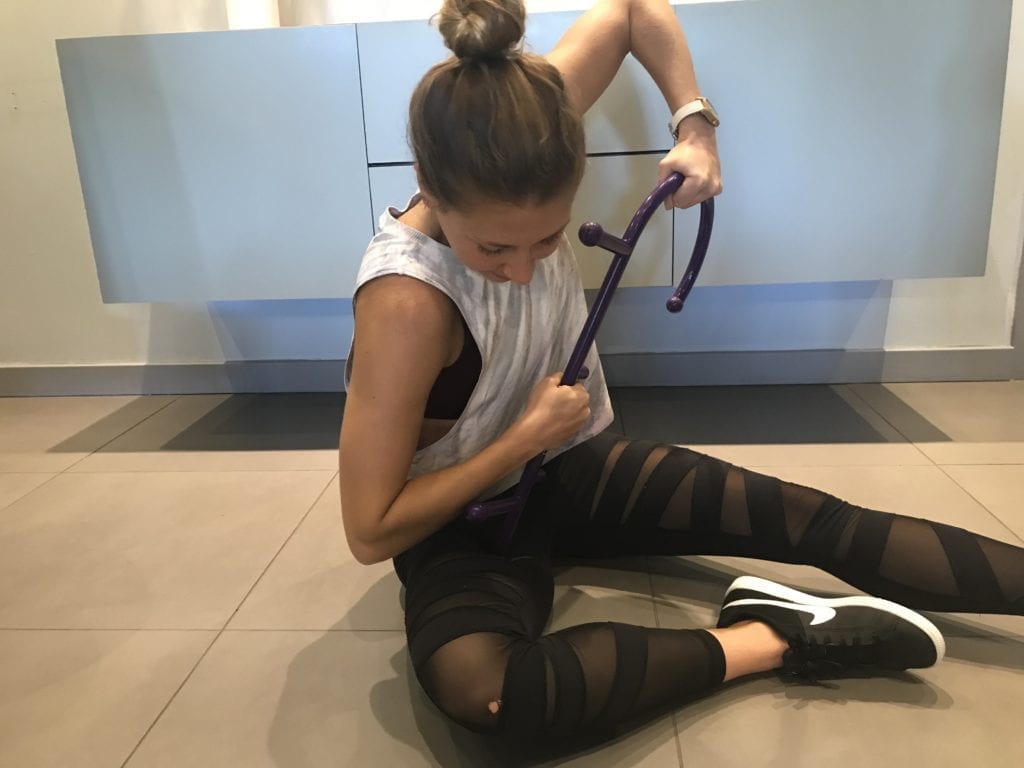
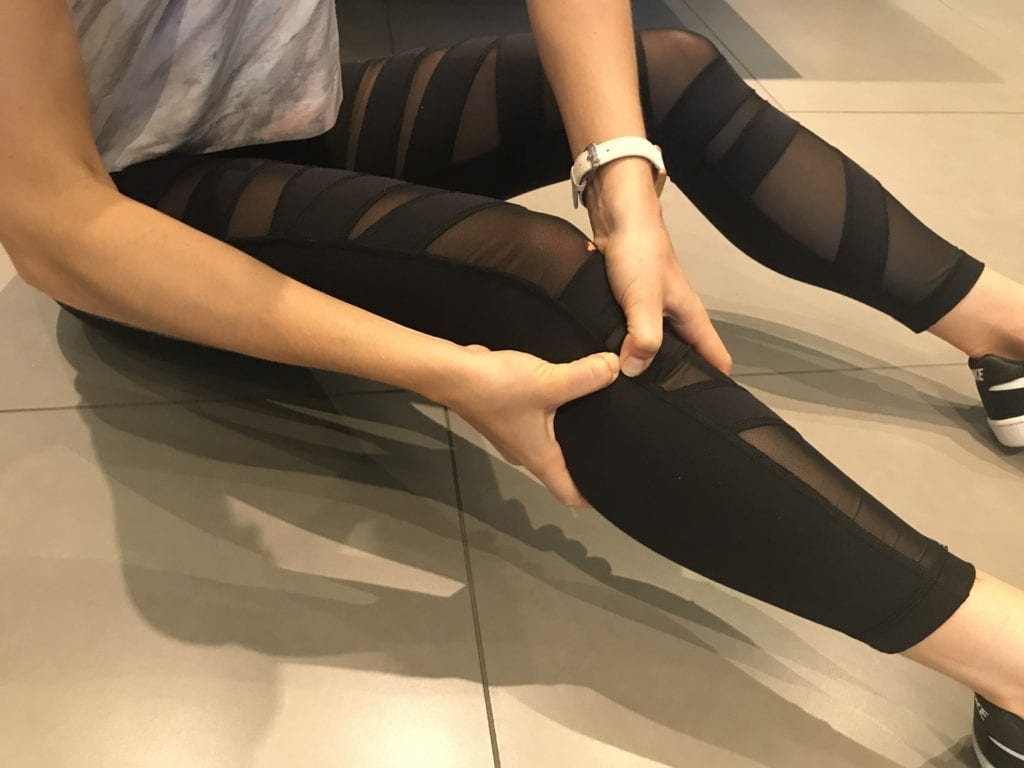

Is your body making weird noises that you want to investigate further? Reach out to the experts at Delos Therapy with questions on how to #DelosYourself or come in for more targeted therapy — you can find them at [email protected].












